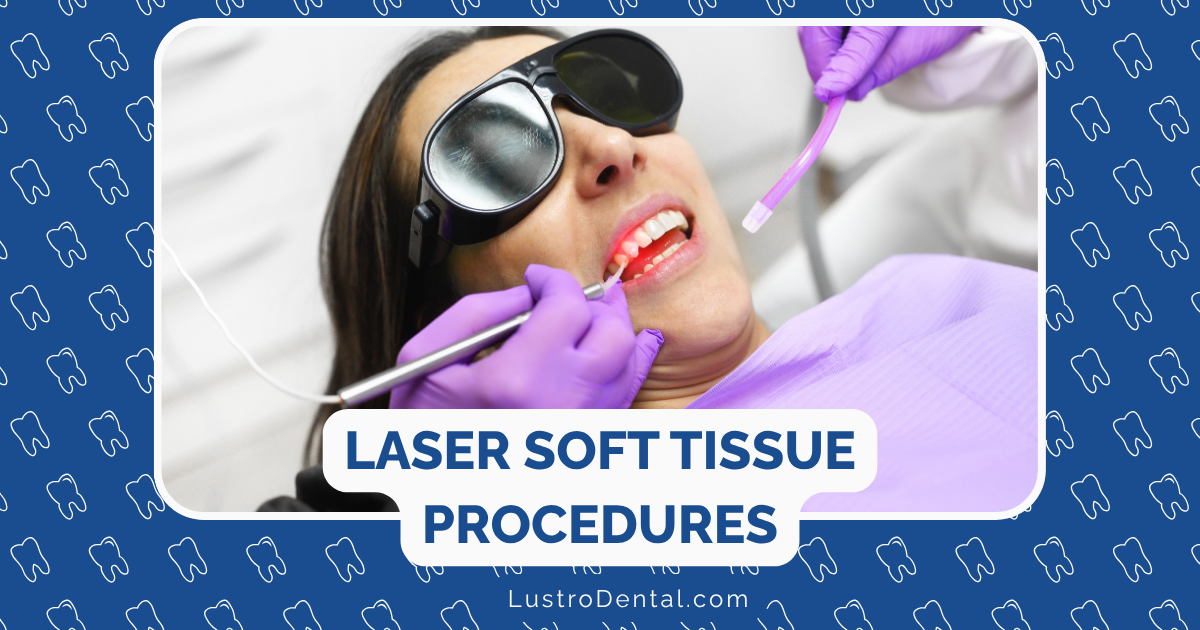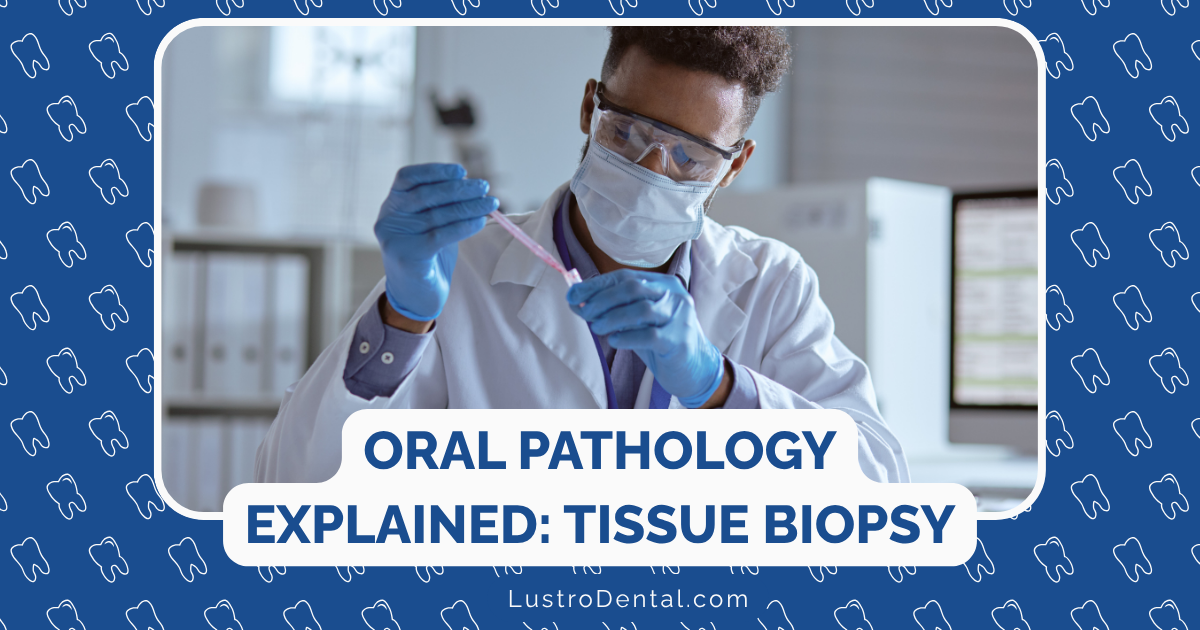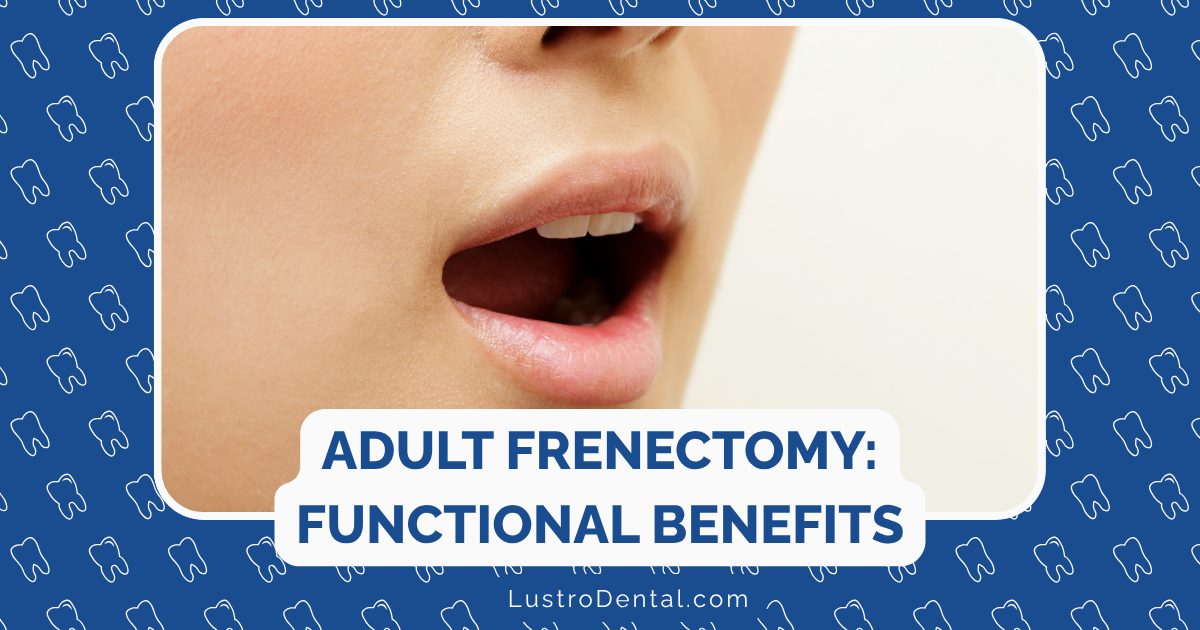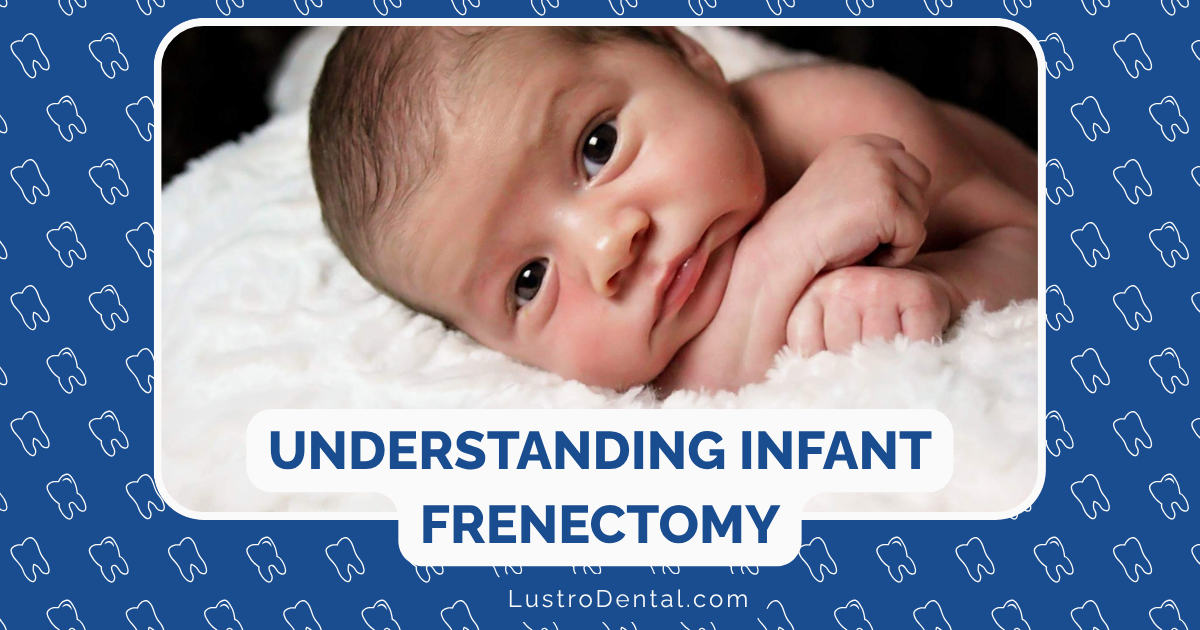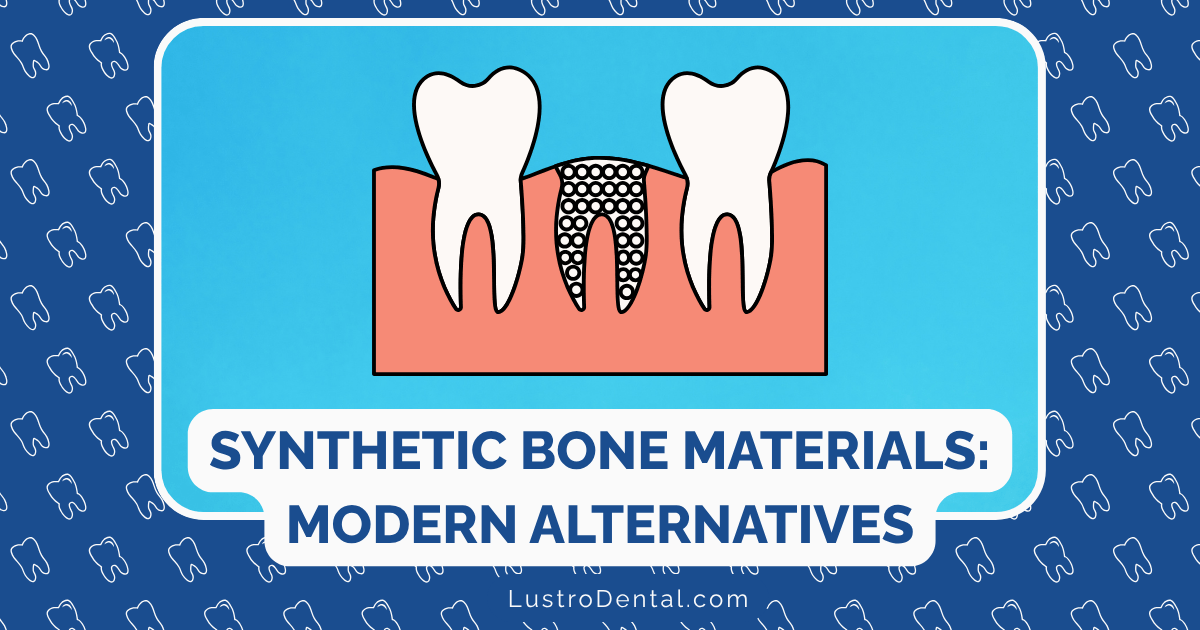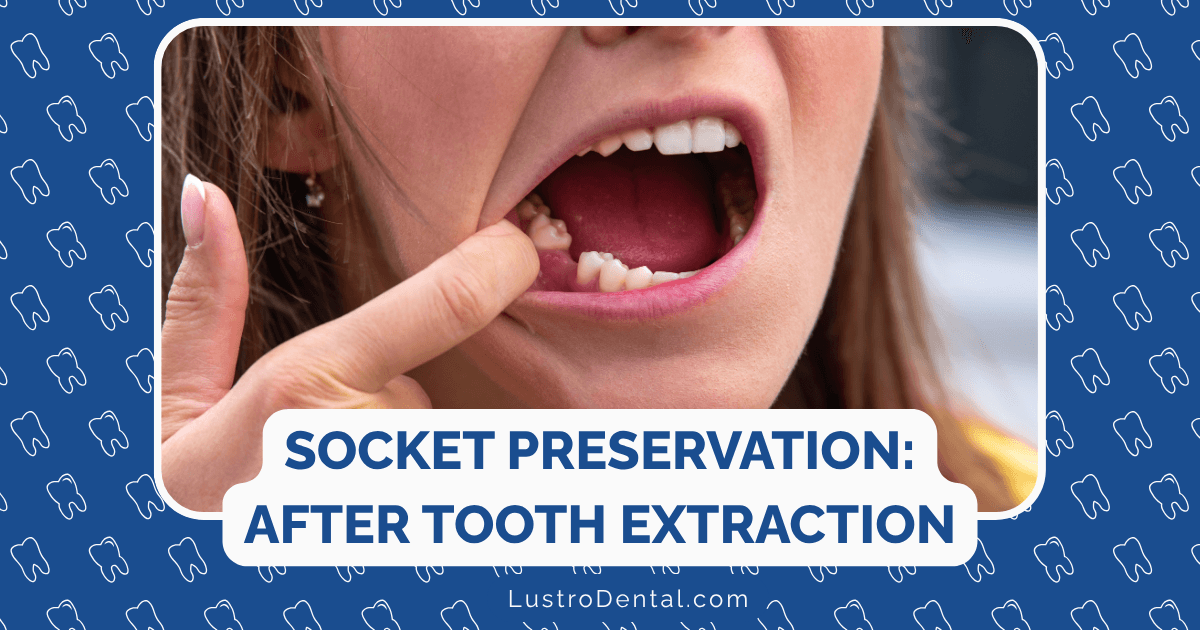Gum Grafting Techniques: Options for Covering Exposed Roots
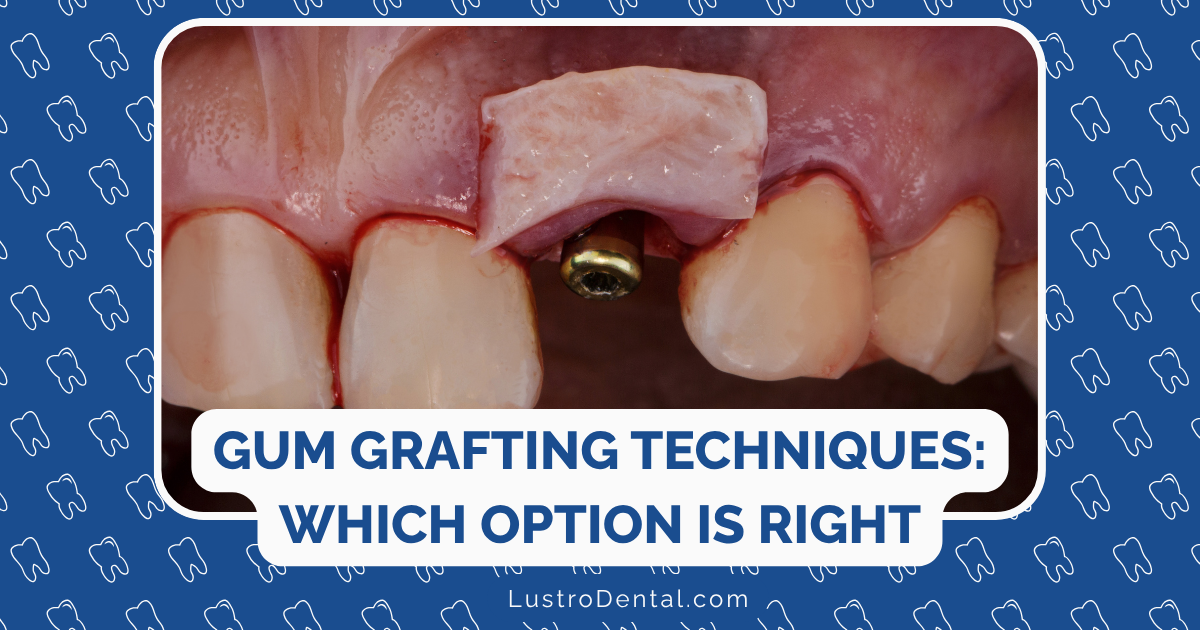
When Michael first noticed the sensitivity in his lower front teeth, he assumed he just needed a special toothpaste. But as the roots became more visible and the sensitivity worsened, he realized something more significant was happening. “My dentist told me I had gum recession and suggested I see a periodontist about gum grafting,” Michael explained during his consultation. “But I’m confused about what that actually involves and what my options are.”
Michael’s experience is common. Gum recession—where the gum tissue pulls away from the teeth, exposing more of the tooth structure and eventually the roots—affects nearly half of adults over 30. While often dismissed as merely a cosmetic concern, exposed roots can lead to sensitivity, increased risk of decay, and eventually tooth loss if left untreated.
Fortunately, modern dentistry offers several effective techniques to address this issue. In this comprehensive guide, we’ll explore the various gum grafting options available to cover exposed roots, helping you understand which approach might be best for your specific situation.
Understanding Gum Recession: Why Roots Become Exposed
Before diving into treatment options, it’s important to understand why gum recession occurs in the first place.
Common Causes of Gum Recession
- Aggressive brushing: Scrubbing too hard or using a hard-bristled toothbrush can wear away gum tissue over time
- Periodontal disease: Bacterial infections that destroy gum tissue and supporting bone
- Genetic factors: Some people are simply more susceptible due to their genetic makeup
- Tobacco use: Smoking and chewing tobacco contribute significantly to gum disease and recession
- Hormonal changes: Particularly during pregnancy and menopause
- Grinding and clenching: Creates excessive forces that can lead to recession
- Misaligned teeth: Creates areas where excessive pressure is placed on the gums
- Oral piercings: Lip or tongue jewelry can rub against and damage gum tissue
Dr. Sarah Johnson, a board-certified periodontist with the American Academy of Periodontology, explains: “Understanding the underlying cause is crucial for long-term success. We need to address not just the recession itself, but also what caused it in the first place.”
Why Treatment Is Important
Exposed roots aren’t just a cosmetic concern—they can lead to serious oral health issues:
- Sensitivity: Root surfaces lack the protective enamel covering of the crown, making them more sensitive to hot, cold, sweet, and acidic stimuli
- Increased decay risk: Root surfaces are softer and more vulnerable to cavities
- Progressive recession: Without intervention, recession often continues to worsen
- Compromised aesthetics: Can make teeth appear longer and create an “aged” smile
- Eventual tooth mobility and loss: In advanced cases, supporting bone may be compromised
According to research published in the Journal of Periodontology, treating recession not only improves aesthetics but also reduces sensitivity in over 80% of cases and helps prevent further attachment loss.
Traditional Gum Grafting Techniques: The Gold Standards
Several well-established techniques have proven effective for covering exposed roots. Each has specific indications, advantages, and considerations.
1. Connective Tissue Graft (CTG)
The Procedure: This is the most commonly used technique for root coverage and is considered the gold standard by many periodontists.
- The surgeon creates a small flap (pocket) in the recipient site around the exposed root
- A piece of connective tissue is harvested from underneath a flap created in the roof of the mouth (palate)
- This donor tissue is carefully secured over the exposed root
- The palatal flap is sutured closed, and the graft site is also closed with fine sutures
Best For:
- Multiple adjacent recessions
- Areas with thin existing gum tissue
- Situations requiring both increased tissue thickness and root coverage
Success Rate: Studies published in the International Journal of Periodontics & Restorative Dentistry show that connective tissue grafts achieve approximately 80-90% root coverage in appropriate cases, with excellent long-term stability.
Patient Experience: Michael, whom we mentioned earlier, underwent a connective tissue graft for his lower front teeth. “The procedure itself wasn’t as bad as I feared,” he shared. “I was completely numb during the surgery. The discomfort afterward was manageable with over-the-counter pain relievers, though the roof of my mouth was sore for about a week.”
2. Free Gingival Graft (FGG)
The Procedure:
- A piece of tissue is taken directly from the surface of the palate (including both epithelium and connective tissue)
- This tissue is then placed directly over the area of recession and sutured in place
- Unlike the CTG, no pocket is created; the graft is placed directly on the prepared root surface
Best For:
- Areas needing increased thickness of keratinized (tough) gum tissue
- Lower front teeth where aesthetics are less critical
- Preventing future recession rather than covering existing recession
Success Rate: While excellent for creating durable, attached gingiva, free gingival grafts typically achieve less root coverage (approximately 60-70%) than connective tissue grafts. They also tend to result in a less aesthetic “patch-like” appearance due to color differences between the palatal tissue and surrounding gums.
Patient Experience: “I had a free gingival graft on my lower gums,” explains Jennifer, another patient. “The recovery was similar to what Michael described, but I noticed the new tissue looked whiter than my regular gums at first. My periodontist assured me it would blend better over time, and it has, though there’s still a slight color difference if you look closely.”
3. Pedicle Graft (Lateral or Advanced)
The Procedure: Unlike the previous techniques that require harvesting tissue from the palate, pedicle grafts use existing gum tissue adjacent to the recession:
- A flap of nearby gum tissue is partially cut, keeping one end attached (maintaining blood supply)
- This flap is stretched or rotated to cover the exposed root
- The tissue is then sutured in its new position
Types of Pedicle Grafts:
- Laterally positioned flap: Uses tissue from the side of the recession
- Coronally advanced flap: Uses tissue from below the recession, pulling it upward
Best For:
- Single tooth recession with adequate donor tissue nearby
- Patients who want to avoid palatal harvesting
- Areas with good thickness of surrounding gum tissue
Success Rate: When properly selected, pedicle grafts can achieve 70-90% root coverage with excellent aesthetic results since the tissue color and texture match perfectly.
Patient Experience: David, who had a laterally positioned flap to treat recession on an upper canine, reports: “The recovery was easier than I expected since there was no second surgical site. The area was sore for a few days, but nothing major. I’m really happy with how natural it looks.”
Advanced and Minimally Invasive Techniques: Modern Approaches
Periodontal treatment continues to evolve, with newer techniques focusing on minimizing invasiveness while maximizing results.
1. Pinhole Surgical Technique (PST)
Developed by Dr. John Chao, this scalpel-free, suture-free procedure has gained popularity for its minimally invasive approach.
The Procedure:
- A small pinhole is made in the gum tissue above the recession
- Specialized instruments are inserted to gently loosen the gum tissue
- The loosened tissue is guided down to cover the exposed roots
- Tiny collagen strips are placed under the gums to stabilize the new position during healing
Best For:
- Multiple areas of recession treated in a single session
- Patients seeking a less invasive alternative to traditional grafting
- Those who want to avoid palatal harvesting
Success Rate: Research published in the International Journal of Periodontics & Restorative Dentistry shows promising results, with studies reporting 85-95% root coverage that remains stable over time.
Patient Experience: “After researching my options, I chose the pinhole technique for treating recession on several upper teeth,” shares Rebecca. “The procedure was quick—about an hour for five teeth—and recovery was remarkably easy. I had some swelling for a couple of days but minimal pain. The best part was not having any cuts or stitches in my palate.”
2. Acellular Dermal Matrix (ADM)
This technique uses processed donor tissue (usually human or porcine) instead of harvesting the patient’s own tissue.
The Procedure:
- Similar to the connective tissue graft technique, a pocket is created at the recipient site
- Instead of harvesting from the palate, a piece of acellular dermal matrix is used
- This matrix serves as a scaffold for the patient’s cells to grow into
- The site is sutured closed
Best For:
- Patients with insufficient donor tissue
- Cases requiring extensive grafting
- Those who want to avoid palatal harvesting
- Patients with thin palatal tissue
Success Rate: Studies show results comparable to connective tissue grafts, with approximately 75-85% root coverage in appropriate cases.
Patient Experience: James, who needed extensive grafting on multiple teeth, chose this option: “My periodontist recommended using ADM because I needed too much tissue to take from my palate. The recovery was comfortable since I only had one surgical site. The results have been excellent, and I’d definitely choose this option again.”
3. Platelet-Rich Fibrin (PRF) Enhanced Grafting
This technique uses the patient’s own blood products to enhance healing and results.
The Procedure:
- A small blood sample is taken from the patient before the procedure
- The blood is processed to isolate the platelet-rich fibrin, which contains growth factors
- This PRF is combined with the chosen grafting technique (usually CTG or ADM)
- The growth factors in the PRF help accelerate healing and potentially improve results
Best For:
- Enhancing any of the previously mentioned techniques
- Patients seeking optimal healing and results
- Cases with compromised healing potential
Success Rate: Early research suggests that PRF-enhanced grafting may improve both the percentage of root coverage and the quality of healing, though more studies are needed.
Patient Experience: “My periodontist recommended adding PRF to my connective tissue graft,” explains Sophia. “The only difference for me was having a blood draw before the procedure. It’s hard to compare, but my healing seemed to go very smoothly, and I achieved complete coverage of my exposed roots.”
Choosing the Right Technique: Factors That Influence Selection
The “best” grafting technique varies depending on several factors. Your periodontist will consider:
1. Anatomical Factors
- Recession depth and width: Deeper or wider recessions may require specific approaches
- Amount of keratinized tissue: The presence or absence of tough, attached gum tissue
- Thickness of existing tissue: Thin tissue may require techniques that add volume
- Root prominence: Protruding roots may be more challenging to cover
- Adjacent tissue availability: For pedicle grafts, adequate donor tissue must be nearby
2. Patient-Related Factors
- Aesthetic expectations: Some techniques provide more natural-looking results
- Pain tolerance: Techniques that avoid palatal harvesting may be preferred
- Smoking status: Smokers may have compromised healing with any technique
- Medical history: Certain conditions may influence technique selection
- Financial considerations: Some advanced techniques may have higher costs
3. Practical Considerations
- Number of teeth affected: Some techniques are more efficient for treating multiple teeth
- Surgeon experience: Provider comfort and expertise with specific techniques
- Long-term stability: Some techniques may offer better long-term results
- Recovery time: Minimally invasive approaches typically offer faster recovery
Dr. Robert Wilson of the American Academy of Periodontology advises: “The consultation is critical. A thorough examination, including measurements of recession, tissue thickness, and assessment of contributing factors, allows us to recommend the most appropriate technique for each individual case.”
The Recovery Process: What to Expect After Gum Grafting
Understanding the typical recovery timeline helps patients prepare appropriately.
Immediate Post-Procedure (Days 1-3)
- Discomfort: Usually mild to moderate, manageable with over-the-counter pain relievers
- Swelling: Peaks around 48 hours, then gradually subsides
- Bleeding: Minor oozing may occur, especially from palatal donor sites
- Diet: Soft, cool foods are recommended; avoid chewing near the surgical area
Short-Term Recovery (Days 4-14)
- Discomfort: Typically resolves within a week
- Appearance: The graft may appear white or red during initial healing
- Oral hygiene: Modified brushing techniques to protect the healing graft
- Activity: Most patients return to normal activities within a few days, avoiding strenuous exercise for 1-2 weeks
Long-Term Healing (Weeks 2-12)
- Tissue maturation: The graft gradually becomes firmer and more natural in appearance
- Color matching: Any color differences typically improve over time
- Final results: Complete healing and tissue maturation take 3-6 months
- Follow-up care: Regular monitoring ensures optimal healing and results
According to a survey published in the Journal of Clinical Periodontology, over 85% of patients report that recovery from gum grafting was easier than they anticipated, with most returning to normal activities within 3-5 days.
Maintaining Your Results: Ensuring Long-Term Success
The success of any gum grafting procedure depends not only on the surgical technique but also on addressing the original causes of recession and proper maintenance.
Addressing Root Causes
- Modify brushing technique: Switch to a soft-bristled brush and proper technique
- Treat grinding/clenching: Night guards may be recommended
- Manage periodontal disease: Ongoing periodontal care is essential
- Orthodontic considerations: Correcting misalignment may prevent future recession
Ongoing Care
- Regular dental check-ups: Allow for monitoring of the grafted sites
- Professional cleanings: Typically recommended every 3-6 months
- Home care: Proper brushing, flossing, and possibly additional tools like water flossers
- Prompt attention to concerns: Addressing any issues early prevents complications
Dr. Lisa Rodriguez, a periodontist specializing in reconstructive procedures, emphasizes: “The long-term success of gum grafting depends heavily on the patient’s commitment to addressing the factors that caused the recession initially. With proper maintenance, results can last a lifetime.”
Michael’s Journey: From Consultation to Recovery
Returning to Michael’s story, he ultimately chose a connective tissue graft for his lower front teeth. “After discussing all the options with my periodontist, I felt the connective tissue graft offered the best balance of predictability and aesthetics for my situation,” he explains.
His journey included:
- Initial consultation: Comprehensive examination, photos, and discussion of options
- Pre-surgical preparation: Instructions for the day of surgery and prescription medications
- The procedure: Completed in about 90 minutes under local anesthesia
- Recovery: One week of soft foods and modified oral hygiene
- Follow-up care: Check-ups at one week, one month, and three months
- Final result: Complete coverage of previously exposed roots and resolution of sensitivity
“Six months later, you can hardly tell I had anything done,” Michael shares. “The sensitivity is completely gone, and my gums look natural. Most importantly, my periodontist says the recession has been successfully addressed, protecting my teeth for the long term.”
Conclusion: Making an Informed Decision
Gum recession and exposed roots are common but treatable conditions. With multiple effective techniques available, patients and their dental professionals can choose the approach that best suits their specific situation.
The key takeaways to remember:
- Early intervention is beneficial: Addressing recession before it becomes severe typically yields better results
- Multiple techniques exist: From traditional grafts to minimally invasive approaches, options are available for various situations
- Technique selection is personalized: The best approach depends on your specific anatomical and personal factors
- Recovery is manageable: Most patients find the recovery process easier than anticipated
- Long-term success requires maintenance: Addressing the original causes of recession is crucial for lasting results
If you’re noticing signs of gum recession—longer-looking teeth, sensitivity, or visible root surfaces—consult with a periodontist to discuss your options. With modern techniques and proper care, a healthier, more comfortable smile is within reach.
Have you experienced gum grafting? We’d love to hear about your experience in the comments below.


